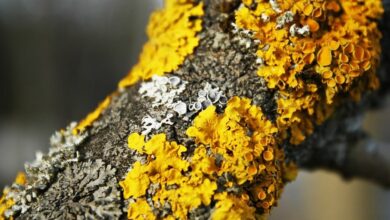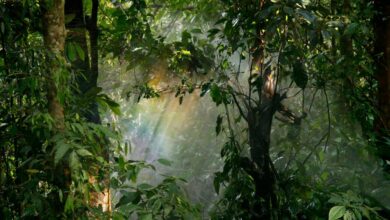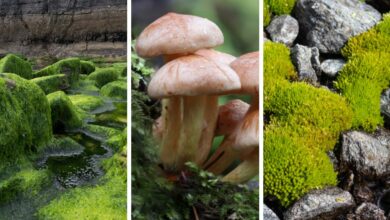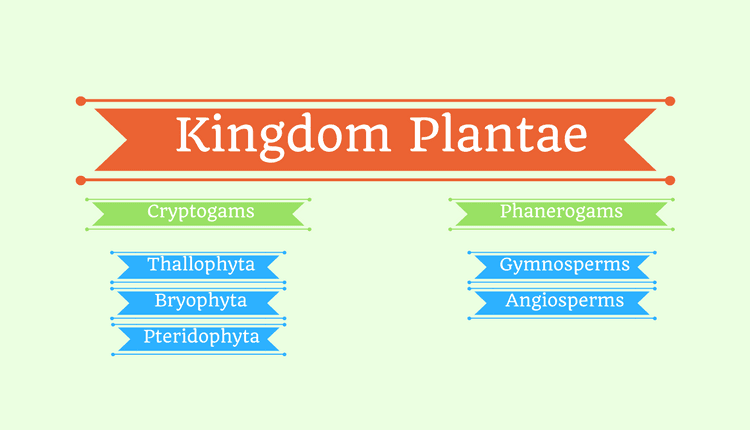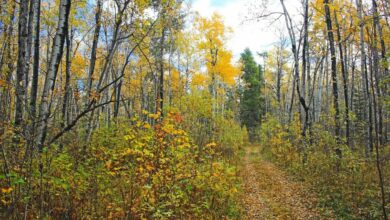Tropical Forests: A Haven for Plant Diversity
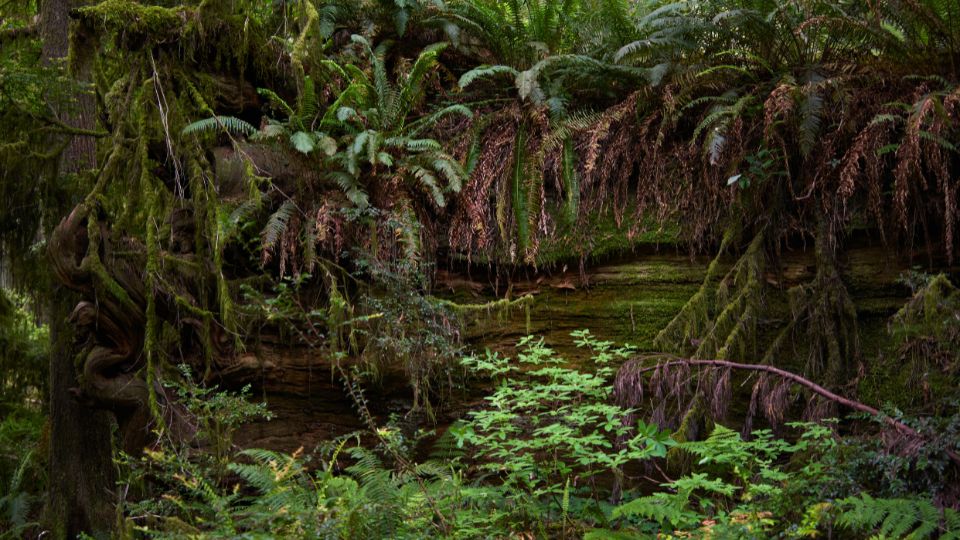
Tropical forests are known for their lush green canopy and the diverse array of plants that call it home. These ecosystems are found near the equator, covering large portions of Africa, Asia, and South America. They are characterized by high annual rainfall, high temperatures, and high humidity. These conditions provide the perfect habitat for an abundance of plant species, many of which are still undiscovered by science. In this article, we will explore the different types of tropical forests, the unique characteristics of plants found in these forests, and the importance of preserving this vital ecosystem.
Characteristics of Tropical Forests
Tropical forests are characterized by their warm and humid climates, high annual rainfall, and abundant vegetation. These habitats are found near the equator and cover large portions of Africa, Asia, and South America. Some of the specific characteristics of tropical forest habitats include:
High Biodiversity
Tropical forests are incredibly diverse ecosystems that are home to an estimated 50% of the world’s plant and animal species. These forests are characterized by a high number of species per unit area, and many species that are found in tropical forests are found nowhere else on Earth.
High Temperature and Humidity
Tropical forests are characterized by high temperatures and humidity. These conditions are caused by the forests’ proximity to the equator and the high amount of rainfall they receive. The average temperature in a tropical forest is around 27 degrees Celsius (80 degrees Fahrenheit), and the humidity can be as high as 90%.
Canopy Layer
Tropical forests are characterized by a distinctive canopy layer, made up of the tops of trees that form a continuous cover overhead. The canopy layer can reach heights of up to 30 meters (100 feet) and plays an important role in the forest ecosystem. Many plants and animals are found only in the canopy layer, including epiphytes such as orchids and bromeliads, and canopy-dwelling animals such as monkeys and birds.
Lianas and Strangler Figs
Lianas are woody vines that grow in tropical forests and are common feature of these habitats. These plants grow upward by clinging to trees, and can reach the forest canopy where they can get sunlight, often strangling their host tree in the process. Strangler figs are a type of fig tree that are also common in tropical forests. They begin their life as epiphytes, but eventually grow around and strangle the host tree, becoming the dominant tree.
Soil
Tropical forests have nutrient-poor soils that are rapidly leached of nutrients by heavy rainfall. As a result, most trees in tropical forests have shallow roots, and plants have to develop various adaptations to survive in these conditions, like being able to extract nutrients from the air or dead leaves.
Seasonality
Tropical forests are typically found in regions where there is little to no seasonal change. these habitats have two seasons, the rainy and the dry seasons, but the temperature remains constant throughout the year. This means that plants and animals in tropical forests do not have to adapt to changing conditions in the same way that those in temperate or boreal forests do.
| Characteristics of Tropical Forests Habitats | Description |
|---|---|
| High Biodiversity | Tropical forests are incredibly diverse ecosystems that are home to an estimated 50% of the world’s plant and animal species. |
| High Temperature and Humidity | Tropical forests are characterized by high temperatures and humidity with an average temperature of 27 degrees Celsius (80 degrees Fahrenheit), and humidity up to 90%. |
| Canopy Layer | The forest have a distinctive canopy layer, made up of the tops of trees that form a continuous cover overhead, heights can reach up to 30 meters (100 feet) |
| Lianas and Strangler Figs | Lianas are woody vines that grow in tropical forests and are common feature of these habitats. Strangler figs are a type of fig tree that are also common in tropical forests. |
| Soil | Tropical forests have nutrient-poor soils that are rapidly leached of nutrients by heavy rainfall, as a result, most trees in tropical forests have shallow roots. |
| Seasonality | Tropical forests are typically found in regions with little to no seasonal change, two seasons, the rainy and the dry seasons, but the temperature remains constant throughout the year. |
Overall, tropical forests are incredibly diverse and complex ecosystems that are characterized by high temperatures, humidity, and high levels of precipitation. These habitats are home to an incredible variety of plant and animal species and play a vital role in regulating the Earth’s climate and weather patterns.
Types of Tropical Forests
There are several types of tropical forests, each with its own distinct characteristics.
Rainforests
Rainforests are the most well-known type of tropical forest. They are typically found near the equator and receive an average annual rainfall of more than 100 inches (254 cm). The Amazon rainforest, the Congo rainforest, and the Borneo rainforest are some of the largest and most biodiverse rainforests in the world.
Montane Forests
Montane forests are found at high elevations on tropical mountains. These forests have cooler temperatures and higher humidity than lowland forests. They also receive more rainfall than lowland forests. The montane forests of East Africa and the Andes are well-known examples of this type of tropical forest.
Mangrove Forests
Mangrove forests are found in coastal areas and are characterized by their unique mangrove trees. These trees have adapted to life in saltwater and are able to survive in the harsh conditions found in coastal areas. Mangrove forests provide important habitat for fish and other marine life, and they also act as a barrier against coastal erosion.
| Types of Tropical Forests | Description | Example Plants |
|---|---|---|
| Rainforests | Found near the equator and receive an average annual rainfall of more than 100 inches (254 cm). The Amazon rainforest, the Congo rainforest, and the Borneo rainforest are some of the largest and most biodiverse rainforests in the world. | Orchids, rubber trees, bromeliads, and ferns |
| Montane Forests | Found at high elevations on tropical mountains, these forests have cooler temperatures and higher humidity than lowland forests. They also receive more rainfall than lowland forests. The montane forests of East Africa and the Andes are well-known examples of this type of tropical forest. | Epiphytic ferns, bromeliads, mosses, and orchids |
| Mangrove Forests | Found in coastal areas, characterized by their unique mangrove trees. These trees have adapted to life in saltwater and are able to survive in the harsh conditions found in coastal areas. Mangrove forests provide important habitat for fish and other marine life, and they also act as a barrier against coastal erosion. | Mangrove trees, seagrasses, and salt-tolerant shrubs |
Unique Characteristics of Tropical Forest Plants
Tropical forests are home to an incredible diversity of plant species. Some of the unique characteristics of plants found in these forests include:
Large Leaves
Many tropical forest plants have large leaves that can be up to 20 feet (6 meters) long. These large leaves are adapted to capture as much sunlight as possible.
Epiphytes
Epiphytes are plants that grow on other plants. These plants do not harm their host plant and do not take nutrients from it. They are typically found in the canopy layer of tropical forests and are able to absorb moisture and nutrients from the air. Orchids, bromeliads, and ferns are common examples of epiphytes.
Strangler Figs
Strangler figs are a type of fig tree that begin their life as epiphytes. They eventually wrap themselves around their host tree, smothering it and eventually taking over as the dominant tree.
| Unique Characteristics of Tropical Forest Plants | Description |
|---|---|
| High species diversity | Tropical forest plants have an incredibly diverse array of species, many of which are found nowhere else on Earth |
| Epiphytes | Many tropical forest plants are epiphytes, which grow on other plants and receive nutrients and water from the air and nearby debris, such as orchids and bromeliads |
| Lianas | Woody vines that grow in tropical forests, climbing up to reach sunlight, common feature of these habitats. |
| Strangler figs | Trees that begin as epiphytes but grow around and eventually strangle their host tree, becoming the dominant tree. |
| Large leaves | Many tropical forest plants have large, broad leaves to maximize surface area for photosynthesis. |
| Unique reproductive strategies | Some tropical forest plants have unique reproductive strategies such as producing large quantities of small seeds, or producing seeds that are dispersed by animals. |
| Unique adaptation to nutrient poor soil | Adaptation such as the ability to extract nutrients from the air, dead leaves or having deep roots. |
| High degree of endemism | Many species of tropical forest plants are found only in a specific region or even a specific area. |
Importance of Preserving Tropical Forests
Tropical forests are home to an estimated 50% of the world’s plant and animal species. They also play a vital role in regulating the Earth’s climate and weather patterns. In addition, they are an important source of natural resources such as wood, rubber, and medicinal plants. Despite their importance, tropical forests are being destroyed at an alarming rate. It is estimated that an area of tropical forest the size of a football field is destroyed every second. The destruction of these forests has a devastating impact on the plants and animals that call them home and also contributes to climate change. It is important that we take steps to preserve these vital ecosystems before it is too late.
| Importance of Preserving Tropical Forests | Benefits |
|---|---|
| Biodiversity | Home to 50% of world’s plant and animal species |
| Climate regulation | Plays a vital role in regulating the Earth’s climate and weather patterns |
| Natural resources | Important source of natural resources such as wood, rubber, and medicinal plants |
| Carbon storage | Can reduce carbon emissions by storing large amounts of carbon |
| Livelihoods and erosion protection | Provide livelihoods for people and protect freshwater sources and coastal areas from erosion |
| Solving global challenges | Maintaining biodiversity and contribute to solving global challenges such as climate change |
| Unique and irreplaceable habitats | Protects unique and irreplaceable habitats, and the species that depend on them |
Strategies for Preserving Tropical Forests
Conservation and Reforestation Conservation initiatives focus on protecting existing forests by creating national parks and other protected areas. These protected areas are designed to limit human activities such as logging, farming, and mining and allow the forest to remain in a natural state. Additionally, reforestation programs aim to plant new trees in areas that have been previously deforested. This helps to restore the forest ecosystem and can also provide jobs and other economic benefits for local communities.
Strategies for Preserving Tropical Forests
Sustainable Use of Natural Resources Sustainable use of natural resources is another important strategy for preserving tropical forests. This approach focuses on harvesting forest products in a way that does not harm the forest ecosystem. For example, selective logging, which involves only removing a few large trees per hectare, is less damaging to the forest than clear-cutting. Also, community-based forestry initiatives, which give local people control over forest resources, have been shown to be effective in protecting forests, by providing a source of income for people who live in and around the forests.
Strategies for Preserving Tropical Forests
Reducing Demand for Deforesting Products Another way to preserve tropical forests is to reduce demand for products that contribute to deforestation. By choosing products that are sustainably sourced, consumers can help to reduce the demand for products that are driving deforestation. Additionally, supporting companies that are committed to sustainable sourcing and forest conservation can also help to reduce deforestation.
Partnerships and Collaboration for Preserving Tropical Forests Many organizations and NGOs, some of them working in partnerships with indigenous communities, focus on preserving these habitats by working with governments, private sectors and other stakeholders to create policies and regulations to protect and conserve tropical forests.
Conclusion:
The Importance of Taking Action to Preserve Tropical Forests In conclusion, tropical forests are a vital and irreplaceable ecosystem that is home to an incredible diversity of plant and animal species. These forests play an important role in regulating the Earth’s climate and weather patterns and also provide a range of important resources for humans.
However, tropical forests are under threat from human activities such as logging, farming, and mining. It is essential that we take action to preserve these important ecosystems through conservation, reforestation, sustainable use of natural resources, and reducing demand for products that drive deforestation. Only by working together, governments, private sectors, NGO’s, communities, and individuals can ensure that tropical forests remain a haven for plant diversity for generations to come. The preservation of tropical forests also has significant benefits for human communities and economies. They provide livelihoods for people, protect freshwater sources and coastal areas from erosion, and store carbon, helping to mitigate climate change.
Furthermore, preserving tropical forests is a win-win situation, protecting biodiversity and at the same time contributing to solving global challenges such as climate change, and providing ecosystem services that support human well-being. It’s important to remember that, tropical forests are not only limited to those regions, they are part of a global issue, therefore, a global effort is required to conserve and sustain these habitats.
In conclusion, tropical forests are a precious resource that must be protected and conserved for the sake of the plants, animals and people that call them home, and also for the whole planet. By implementing conservation, reforestation, sustainable use of natural resources, and reducing demand for products that contribute to deforestation, we can ensure that tropical forests remain healthy, biodiverse and thriving for generations to come.Regenerate response

